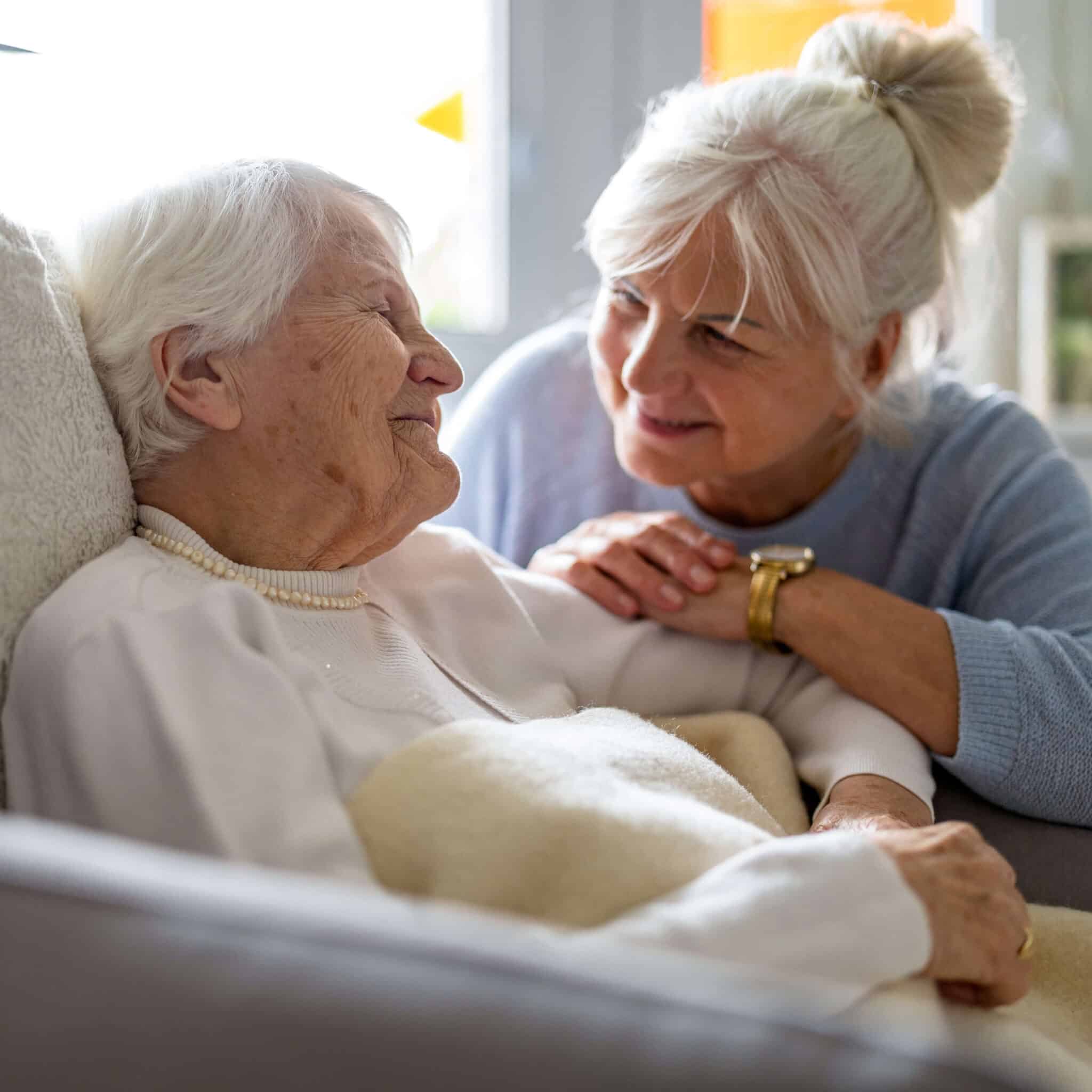Featured
Navigating Your Home Safely with Low Vision
For individuals with low vision, creating a safe and comfortable living environment is crucial to maintaining independence. Fortunately, patients and their caregivers can implement simple changes to make their home safe to navigate and participate in daily tasks.
Effective Lighting
Good lighting is paramount for individuals with low vision. It’s important to ensure that your home is well-lit, especially in high-traffic areas and near potential hazards. Use bright bulbs and consider installing motion-activated lights to illuminate pathways automatically. Task lighting can also be helpful in specific areas where additional light is needed, such as reading corners or kitchen workspaces.
Contrast and Color Differentiation
Enhancing contrast and using distinct colors can make objects and surfaces more visible for those with low vision. One way to do this is using contrasting colors for walls, furniture and decorations to help individuals distinguish between different elements in their home environment. You can also use color-contrasting tape or paint on steps and edges to highlight potential tripping hazards.
Clear Pathways and Decluttering
It’s key to maintain clear and unobstructed pathways throughout the home to minimize the risk of tripping or bumping into objects. Regularly declutter and organize living spaces, keeping frequently used items easily accessible.
Labels and Tactile Markings
Some people find it helpful to utilize tactile markers and labels to help them identify various objects and areas within the home. Labeling kitchen appliances, drawers and other essential items with high-contrast, large print labels or tactile stickers can make daily tasks more manageable.
Furniture Arrangement
Arrange furniture thoughtfully to create open and easily navigable spaces. Avoid overcrowding rooms and ensure there’s enough space for comfortable movement.
Safety Rails and Grab Bars
Install safety rails and grab bars in key areas like bathrooms and hallways to provide additional support and stability. These fixtures can significantly reduce the risk of falls and injuries when correctly and securely mounted.
Smart Home Technology
Devices like voice-activated assistants, smart thermostats and home security systems can be invaluable for people with low vision. These technologies can aid in various tasks and offer an added layer of security.
Regular Maintenance Checks
Regularly inspect and maintain your home to identify and address potential safety concerns promptly. Fix loose handrails, repair uneven flooring and address any tripping hazards.
By implementing these strategies, one can significantly enhance safety and promote independence within the home. Remember, each person’s needs are unique, so it’s essential to tailor these suggestions to individual preferences and requirements.
If you need additional assistance managing your low vision, Elara Caring’s Eye Care We Care home health program can help low vision patients with a customized care plan and home assessment. Get in touch with your local branch to learn more.







